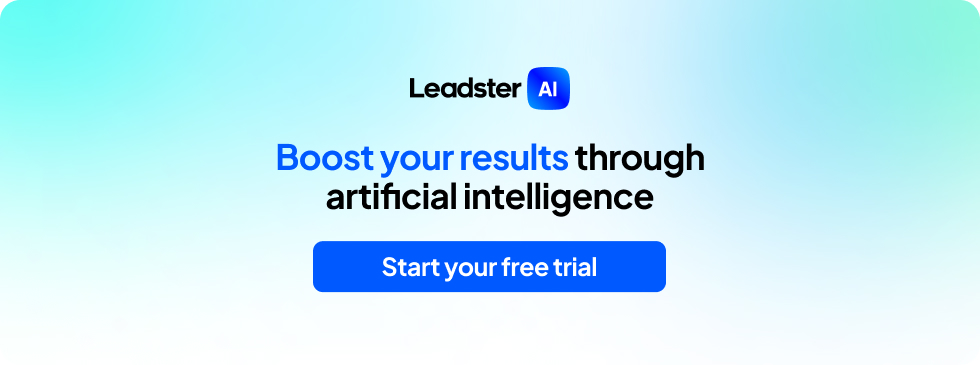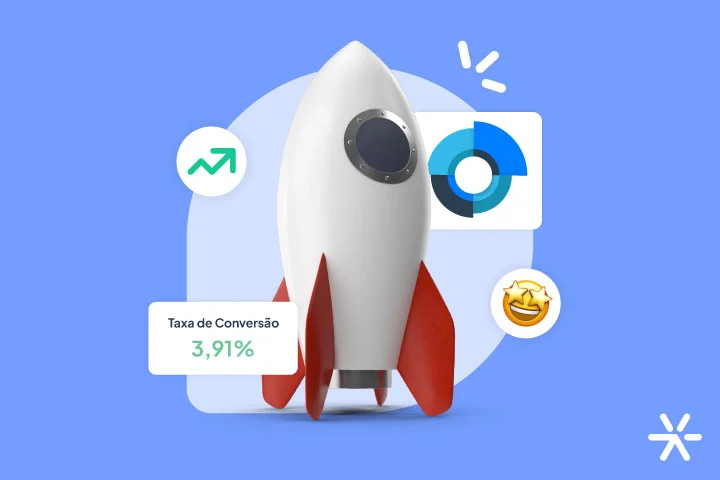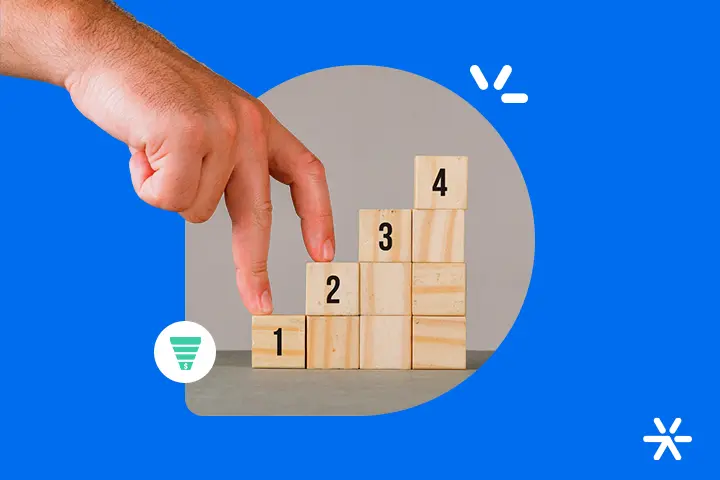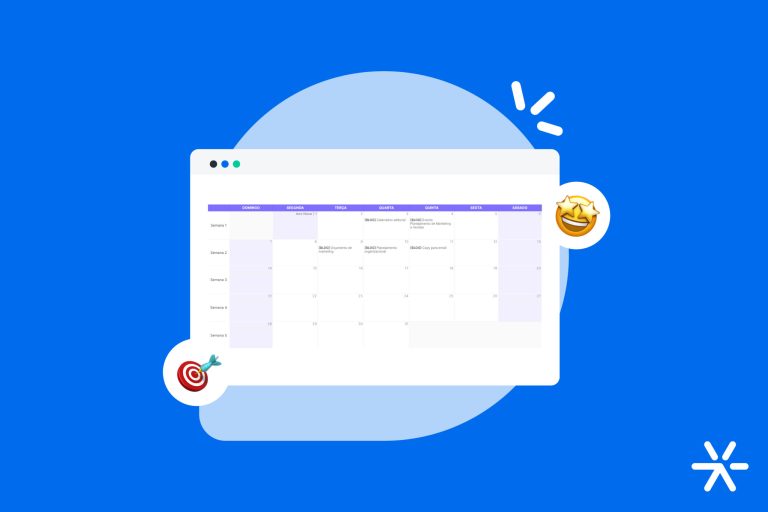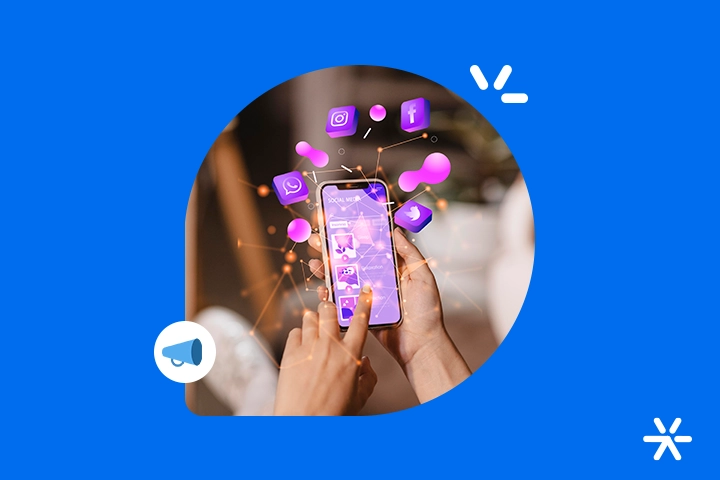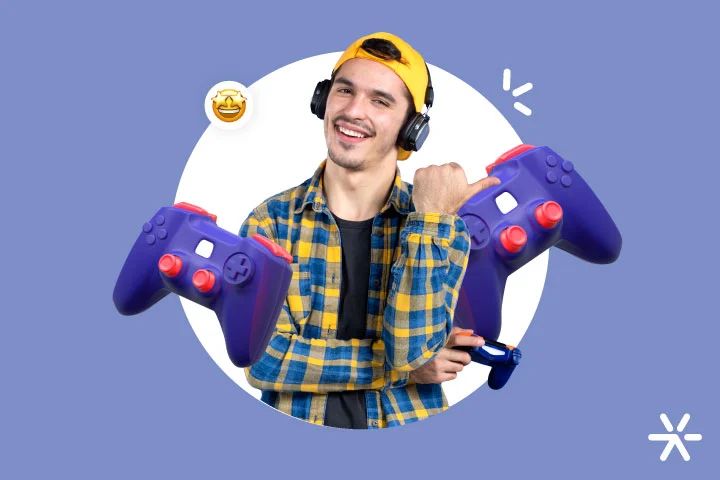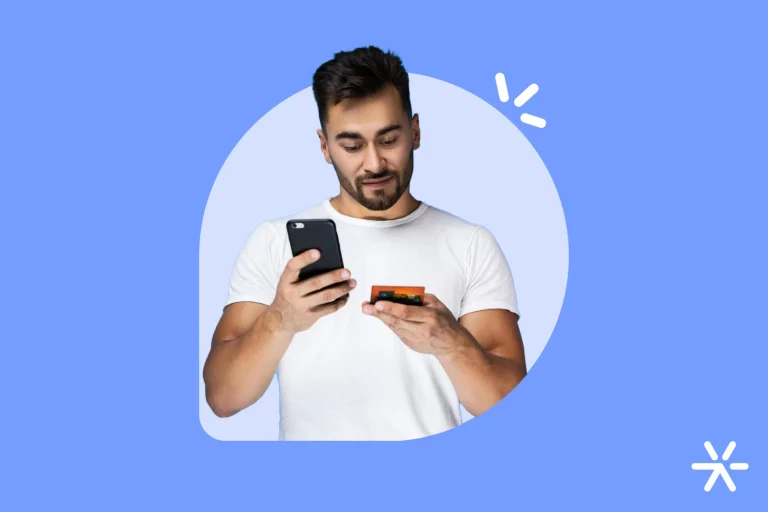Digital Consumer Experience: 5 Traits and 10 Tips
The digital consumer experience is one of the most relevant topics for marketing professionals and entrepreneurs today.
Ever since Jeff Bezos practically created the digital market from scratch with Amazon, millions of entrepreneurs have begun to see the internet as the future of sales. And they were, and still are, 100% correct.
The internet has created a new type of consumer: the digital consumer. This person shares some characteristics with the common consumer but has other new, completely distinct ones that are exclusive to those who buy online.
This article will seek to better understand the digital consumer experience, providing tips to improve it and trying to understand the differences in their behavior and purchasing decisions.
But first, the main point: what exactly is a digital consumer? Let’s discuss that:
Characterizing the Digital Consumer
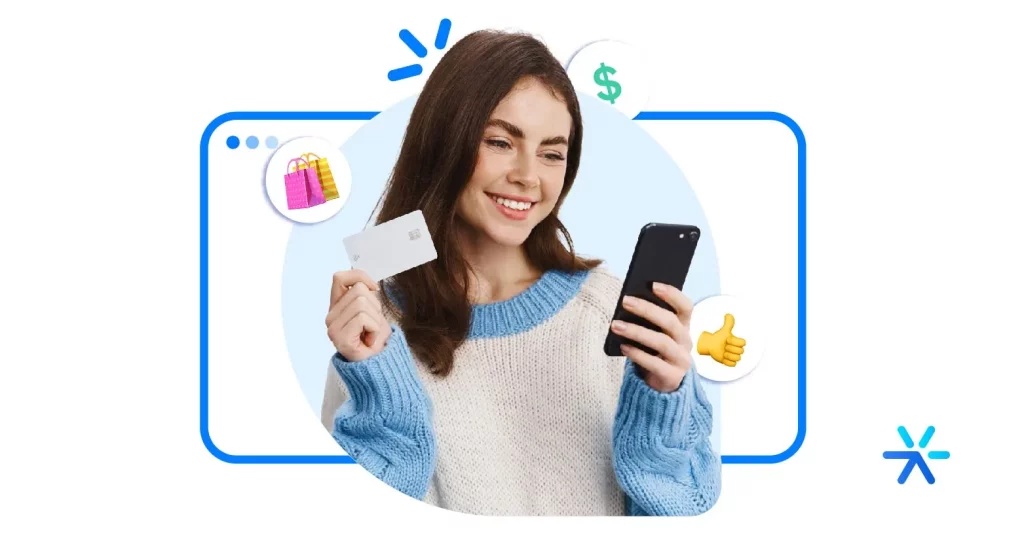
You’ll find many articles on the internet saying, “the digital consumer is like this and that” or “the digital consumer likes X, Y, and Z.” But few stop to think about who this person really is.
In today’s marketing, it’s very easy to focus on data and forget about people. This is a mistake: no group of people is the same as another.
For example, an executive closing a software deal and a retired teacher who shops online at Carrefour once a month. Both are digital consumers. Their goals and behaviors are completely different.
The issue is that the “digital consumer” can have various characteristics, often conflicting with each other, depending on the segment.
It’s important that you read this and any other text on the internet with this in mind, okay?
But to delve a little deeper into the types of digital consumers, I’ve separated three different people here, just to illustrate the differences a bit better:
People who only buy online
When we talk about “digital consumers,” we immediately think of people who make all or most of their purchases online.
But these people don’t completely dominate the market, nor are they the majority.
Buying online only is a reality that hasn’t happened yet in Brazil. There are several products that are preferably acquired in physical stores, mainly because of the price.
For example, Amazon is trying to position itself as a site where you can even do your monthly shopping. It already has several ready-made lists with selected products.
The problem is that the variety is still low, and the prices are, in many cases, higher than physical supermarkets.
These obstacles still prevent the prevalence of people who only buy online, with the next category I’ll show you being the one that encompasses the majority of Brazilians:
People who prefer to buy online
The reasons are many, but price and convenience are the most noticeable. Especially in the segment of household appliances and electronics, it’s natural to expect that the price will be higher in physical stores.
And with logistics becoming more advanced, the delivery of products purchased online is faster than ever. If it’s possible to buy online cheaper and with quick delivery, why not?
This is the prevailing sentiment among Brazilians today. The digital consumer experience is respected when stores understand what they want and deliver exactly that.
According to the same study, the preference for online shopping comes for three main reasons:
- Convenience in delivery: 72% of people prefer to buy online for this reason;
- Online-only promotions: 69% of people;
- Lower prices: 73% of consumers.
People who only buy online if they can’t find products in physical stores
The third type of digital consumer experience deals with people who will only buy online if they can’t find their products in physical stores.
They are collectors, people looking for a very specific product, and even people who have trust barriers when it comes to providing their personal information or registering a credit card on an e-commerce website.
Notice how we’ve outlined a spectrum here: people who only buy online, people who prefer to buy online, and people who prefer physical stores.
Now that we’ve determined who the digital consumers are, we need to talk about the first point of their experience: what they are accustomed to seeing.
The digital consumer experience was not built alone, nor only by consumers themselves. In fact, their purchasing preferences came through good examples from other stores and platforms.
I’ll clarify this point in the topic below. Are you still with me?
The Tools That Shaped the Digital Consumer Experience

Who built what we now understand as the digital consumer experience?
Consumers are demanding when making purchases. But where does this demand come from? What determines a good experience?
An example to better understand this question: when McDonald’s first appeared, sandwiches were sold from a window, and people ate on the go. As it expanded, a revolutionary concept emerged: the fast-food restaurant.
Since that day, everyone expects any fast-food chain to have at least one restaurant where you can enter, sit at a table, and eat.
The digital consumer experience went through a similar process.
There are some points that consumers already expect to find on an e-commerce website, and if they don’t find them, their experience suffers.
Learning a bit more about who determined how the digital consumer experience should be will help you have a more critical view of these sites and understand what they do that maybe you don’t yet.
Let’s dive in:
Google determines how the digital consumer experience begins in many cases: with a search for a product.
Because of this, entrepreneurs starting an online business needed to understand the concept of SEO – Search Engine Optimization.
SEO is a way to describe your product, searching for keywords related to it and creating pages focused on these keywords.
For example: a clothing entrepreneur needs to create descriptions for their products related to these keywords – “men’s pure cotton shirt,” or “red strapless dress.”
This way, everyone benefits: the digital consumer experience is respected because finding products online becomes easier. And the entrepreneur sells more because their products appear on Google.
Marketplaces
The major revolution in e-commerce happened from 2010 to 2020: the concept of marketplaces.
When e-commerce first emerged, each merchant had their website, inventory, and delivery methods. For many years, this was the way to sell.
The closest thing we had to a marketplace was Mercado Livre here in Brazil and eBay outside it. Today, the situation is different: most large online stores are marketplaces.
What does this mean? Simply put: when the digital consumer enters Amazon to buy something, most of the time, they are buying from another store, not necessarily from Amazon itself.
It’s also like this on Carrefour, Magalu, and most e-commerce websites.
But what does this mean for the consumer experience? More variety. Marketplaces dominate the market today and set trends. Consumers expect to enter their trusted sites and find everything.
On Amazon, you can buy everything from books to cleaning products, passing through food, clothing, and electronics.
Entrepreneurs who take the digital consumer experience into account to sell more always sell on marketplaces, which, besides offering variety, bring some other qualities that have become standard when buying online:
- Fast website;
- Category division;
- Reviews from people who have bought before;
- Quick delivery;
- Lower prices than physical stores;
- Free or reduced shipping;
- Among others.
Social Networks
Social networks also have a significant impact on the digital consumer experience.
One of them is after-sales. Many consumers use these channels to communicate with sellers because they expect faster responses and a more personalized approach.
Through social networks, consumers also have access to a greater characterization of the product, promotions, discount coupons, etc.
What they brought differently to the consumer experience is the idea that the brand is always available. It accompanies the customer (or potential customer) in their daily lives, working on the purchasing journey through content marketing.
In addition to these points, social networks also work as a way to discover new stores. By browsing some, you start receiving personalized ads, according to your taste, which helps you find new products.
Apps in General
Another ongoing phenomenon is the “app-ification” of online purchases. Today, buying something is becoming increasingly simple and fast through these apps.
I’m talking about all kinds of apps that operate through sales: from Ifood to the Amazon app.
These apps are defining the digital consumer experience through loyalty and instant purchases.
We are dealing more and more with customers with very high expectations regarding online purchases because of these apps. You buy very quickly, with a perfect layout for smartphones, and the store delivers the next day.
Apps are responsible for a true revolution in customer loyalty. Convenience has never been so important in the consumer experience, reaching the point of even eliminating price comparisons in simpler purchases.
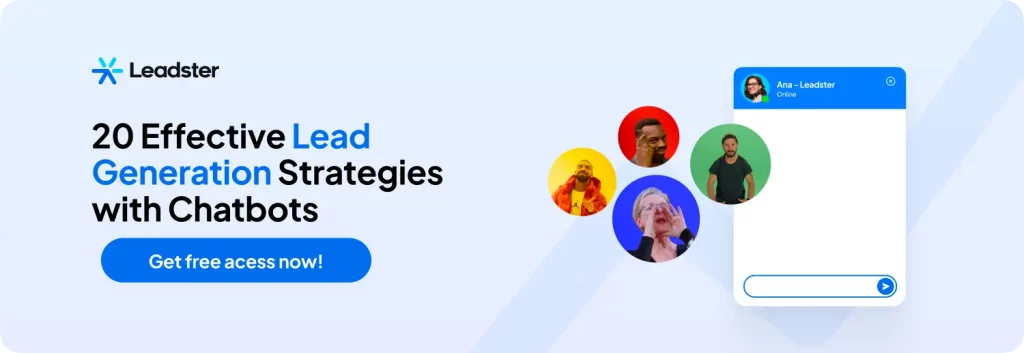
The Main Characteristics of the Digital Consumer Experience

Well, we’ve wrapped up our introductory conversation here. What I wanted to illustrate so far is that the digital consumer experience was built using cultural and technological elements.
Understanding it and applying its best practices involves understanding its history. The answer to the question “why does the consumer prefer what they prefer?” will provide you with references, best practices, and several recipes for success.
But now we need to delve deeper into these preferences, which are the main guides to truly understand the consumer experience and how to improve it.
In a few words: we talked about the why, now let’s delve into the what. Ready?
Comparison
The digital consumer experience is closely related to their ability to compare products and prices.
Usually, comparison happens in two stages:
- Initially: when the consumer is deciding what to buy, they will compare product to product. For example: you’re going to buy a laptop, but which one is best for your needs and budget?
- By prices: once the consumer has determined the product they want, they start researching prices.
- By stores: after finding price variations, the consumer will compare which is the best store to make their purchase. Which one is more reliable, delivers faster, has free shipping, etc.
Notice that this division looks nice on paper. The digital consumer experience is quite different — they can make all these comparisons simultaneously.
For example: finding the right product while already researching prices. Or comparing prices from different sellers within a single marketplace.
Independence
This is one of the most obvious characteristics of the digital consumer, one that is directly related to the structure of online sales.
But at the same time, independence in the digital consumer experience has levels, depending on the segment.
For example: buying from Magalu, it’s unimaginable to create a list on the website only to find out that you’re creating a quote request, and a sales representative will contact you to finalize the sale.
But in other segments, especially in B2B, this is quite common. Buying industrial machinery, for example: the seller has a website, technical specifications, descriptions, and photos. But they don’t disclose prices without the involvement of a sales representative.
Independence in the digital consumer experience is important, but it also comes with customer expectations according to the segment they are in.
And consumers know this. The key for any entrepreneur is to try to understand the level of independence expected within their segment.
High Expectations
As we discussed a bit earlier in the text, there are major players in the market that set expectations for the digital consumer experience.
And those expectations are high. In a world where websites are fast and well-configured, where there are apps for purchasing in seconds, where delivery is made the next day with free shipping, it’s natural for customers to expect increasingly better services.
The digital consumer experience nowadays needs to be flawless where competition is fierce. It’s practically a prerequisite for selling well.
Desensitization to Advertising
I’m not saying that advertising doesn’t work anymore! Inbound or outbound marketing strategies continue to generate many results.
But the digital consumer is becoming less sensitive to impulse purchases generated by campaigns. Each day, the function of marketing is more focused on presenting the product, showcasing the store, and offering alternatives to the consumer.
All efforts of the digital entrepreneur need to understand this crucial point of the digital consumer experience.
Buyers use ads to get to know what you have to offer; it’s like a first step in their experience with your store and product.
That’s why campaigns need to be increasingly targeted, with a well-defined target audience and strong copywriting to grab attention in the sea of ads we all navigate daily.
Always Prefer Convenience
Convenience is a determining factor in the consumer experience, as shown in the Octadesk study I referenced earlier.
But what is the impact of this information on the consumer experience? Simple: convenience has the power to outweigh any other factor, including the price of a product.
If it arrives faster, people are willing to pay more for the superior service. If the product always arrives well-packaged and there are never any issues with delays or returns, the price is just a detail.
Look at Amazon’s service: they guarantee product returns with quick refunds, including the option — for apartment dwellers — to just leave the product at the lobby and forget about the rest.
The digital consumer experience is closely linked to the convenience of making purchases.
Does price influence? Of course! But it’s becoming more attractive to pay more for good service, just as paying less for poor service is becoming a thing of the past.
10 Ways to Improve the Digital Consumer Experience
Great, we’re on the same page about what are the most determining factors of a good digital consumer experience, right?
But just to make it clear: there are many other qualities that the digital consumer values and is seeking. They emerge all the time, in various niches.
Speaking of niches, it’s also good to remember that a good digital consumer experience varies depending on the segment they’re in.
All of this is a recap, and I repeat because these are very important points. There’s nothing set in stone: your market is the one that decides how things work.
Right below, we’re going to discuss some general points of the digital consumer experience that you can improve based on everything we’ve talked about so far.
Let’s dive in:
Market Standard Delivery
The market has a standard that is always evolving.
Today, retail stores have already mastered next-day delivery for selected products, and the trend is for this list of products to grow even larger.
To deliver a good experience for the digital consumer, you need to meet or exceed the standard delivery of your product or service.
But it’s also important to study your market and segment so that you don’t set goals that are too high and impossible to achieve. There’s no One Standard, there are several standards in various markets.
Omnichannel Service
In Omnichannel, the situation is a bit different. The market is practically all moving towards serving on any channel, at any time, on any day.
This includes sales and even customer service. You need to be prepared to sell on any platform. If your customer saw your ad and prefers to contact you via WhatsApp instead of visiting your website, you need to offer that possibility.
The big change in Omnichannel retail today is the interaction between online and physical — buy online and pick up at the nearest store. Is this action hard to implement? It depends: if you have stock of your products, you can do a simple test even today.
Omnichannel is becoming increasingly democratic. And the smaller the store, the simpler it becomes to organize this type of service.
Transaction Trust
Not having trust in a website when making a purchase is also becoming a thing of the past.
It’s absolutely necessary today to have good payment gateways for any e-commerce. Preferably, gateways that clearly indicate the payment processor.
Trust in payment is a huge factor for customer loyalty and greatly helps in relationship marketing.
Good After-Sales Service
The customer journey doesn’t end with the sale. The digital consumer experience certainly doesn’t: it continues throughout the store’s warranty period.
After-sales is a highly valuable area for any e-commerce. It helps in recurring purchases, and keeping a loyal customer is much cheaper than acquiring new ones.
Your after-sales service needs to be the best possible, ensuring good communication with the customer for the entire mandatory warranty period, and often beyond.
Warranty is your obligation, and what you do beyond it is going above and beyond. Do both 😉
Exchanges and Returns
Exchanges and returns need to be as efficient as your delivery process.
The digital consumer experience suffers greatly when delivery takes 3 days but the exchange or return takes 30.
As we’ve talked about throughout the text, the digital consumer experience is about expectations.
If you delight on one side and disappoint on the other, it will be difficult to find customers sensitive enough to separate the two.
“Delivery is good but returns are bad, so it’s tit for tat” — said absolutely no one.
Good Product Descriptions
From now on, we’re going to talk about slightly more technical aspects, more related to the website than the business model.
Product descriptions need to be the best possible for you to appear on Google, where most product searches begin.
A good description needs to include:
- Keywords in the title;
- All technical information about the product;
- Persuasive copywriting-style text;
- Photos;
- And videos.
These 5 elements need to be present on each product page, which increases your chances of appearing on Google and closing more sales.
Good User Usability
One of the most common expectations in the digital consumer experience is being able to navigate the website smoothly and find products without difficulty.
And this has a name: UX, user experience.
Divisions into categories, site colors, photo resolution, text size: all of this impacts the digital consumer experience.
It’s very important for the entrepreneur to question whoever is developing the website about their knowledge of UX. Similarly, it’s essential for the developer to guide all their aesthetic decisions based on usability principles.
Website Speed
Website speed also has a direct impact on the digital consumer experience.
We’re all used to sites where the click is instant. If I click on a category, it opens in less than a second. Product? Same thing.
Nowadays, a tab taking more than 5 seconds to open is becoming absurd in the eyes of many digital consumers. Remember: they are used to the best!
Personalized Marketing Campaigns
People who frequently buy on Instagram depend on personalized ads to discover new stores.
These recommendations are necessary because, without ads, it would be much more difficult to discover anything on the internet — remember: it’s huge.
Considering this, running marketing campaigns is a fundamental step to improve the digital consumer experience. The secret is always to think from a utility perspective and not overdo it.
Chatbots
To wrap up, the digital consumer experience is greatly enhanced with chatbots implemented on the website.
They also help a lot in achieving Omnichannelity since you can assist customers at any time and on any day.
Chatbots also greatly help in another part of the digital consumer experience: the customer’s relationship with the brand as a whole.
From increased lead generation to better utilization of customer service demands, they have functions that greatly enhance the effectiveness of your sales team.
‘Why don’t you test our chatbot today and see how it works? It’s free for the first 14 days, no credit card required!
Thank you for reading and see you there 😉
